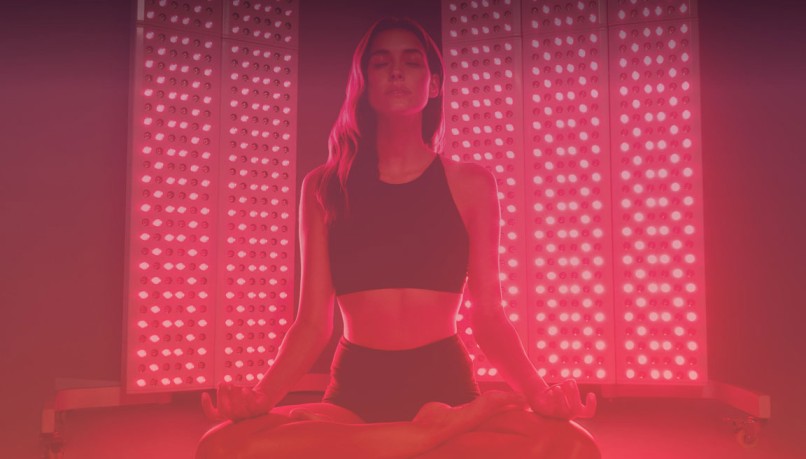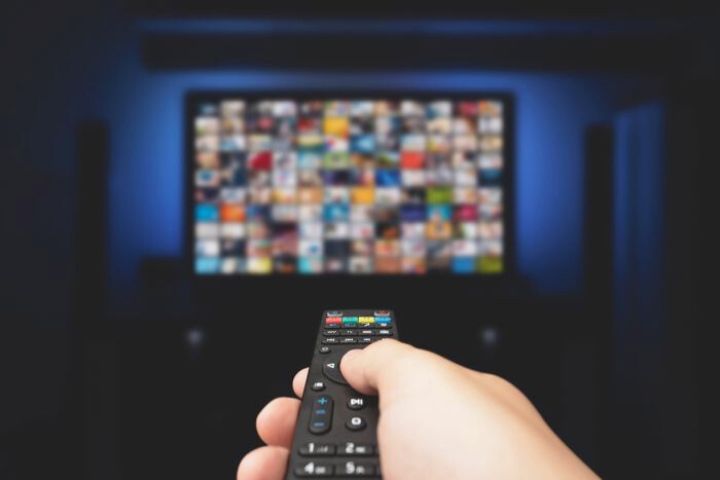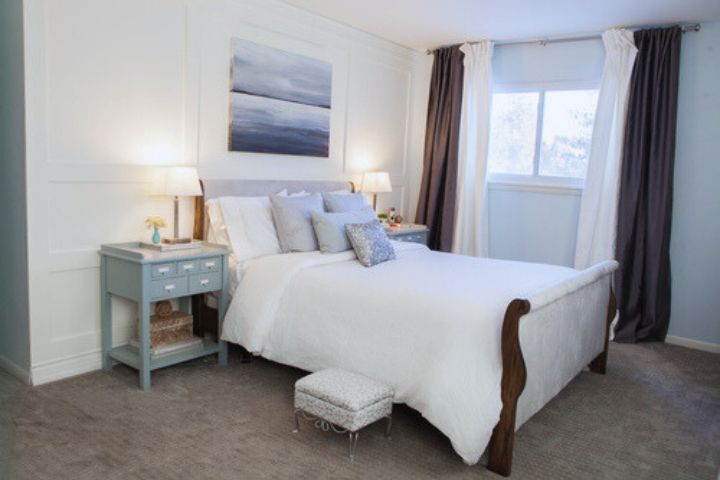Light therapy is an effective way to promote the healing of muscles and connective tissue, whether it is an injury or just regular wear and tear. All you have to do is relax while the light shines on your body wherever you direct it.
It can also dramatically increase performance and recovery times in training programs. Of course, to do this, you need to find the right therapy light. Different kinds of light therapy devices have different usage.
How Does Light Therapy Works?
LED light therapy uses different types of light in visible spectra, such as red, blue, purple, and yellow, to penetrate deep into the skin. It also uses lights that are beyond the visible range, such as infrared. The degree of penetration increases with the wavelength of light.
Light therapy is usually administered using a fluorescent light box that mimics natural outdoor light. According to Schwartz, it should have a minimum intensity of 2,500 lux, roughly the same intensity as a slightly cloudy day.
The box can be positioned on a surface near where a person sits or works, for example, next to a computer or TV. The light is directed towards the eyes, but the box should not be viewed straight as it can damage the eyes.
“A good lightbox shines in the eyes from above and provides a wide field of light that allows flexible activities,” said Terman.
Light therapy generally works best in the morning, mimicking the natural cycle of the sun. Sessions can last anywhere from 15 minutes to two hours, depending on the light intensity. However, most people start at shorter intervals and go up. The reason why many people prefer this type of treatment is that it is non-invasive and 100% painless, has no downtime and is suitable for all skin types and tones.
Different Kind Of Light Therapy Device For Specific Usage
When I received my LED treatments, the machine switched between red and blue lights, before plunging into what seemed to be total darkness (I later discovered that it was actually a light near-infrared, but that’s the part of the treatment that felt particularly unnecessary within the hour).
“Red is used for the synthesis of stimulating and anti-aging collagen,” says Robinson. “Although blue is used to treat acne, it kills P. acnes, the bacteria that causes acne.”
While red and blue are the most sought after colors behind them, other shades may have sparked its interest.
Red Light Therapy For Fitness
Red near-infrared light helps promote antioxidants, which play a central role in reducing oxidative stress related to muscle fatigue. Antioxidants also enhance the creation of heat proteins, particular proteins that help protect cells from stress, and early cell death. Platinum LED Biomax 300 is a proven accessory for red light therapy.
A 2014 trial tested red light therapy for muscle recovery in healthy young men after undergoing “harmful eccentric exercise.” The light therapy group showed a significant reduction in muscle loss, less muscle pain, and fewer movement disorders, and this was demonstrated up to 4 days after exercise.
Blue Light For Skin Care
Blue light helps remove Propionibacterium acnes, bacteria from the skin’s surface. Doctors often perform blue light therapy in the office and combine it with topical acne products, such as retinoids and oral antibiotics.
“I don’t like keeping patients on oral antibiotics forever,” said Neal Schultz, M.D., a dermatologist in New York and a member of the Shape Brain Trust. “So if we don’t get results, I often stop them and switch to blue LED therapy.”
Yellow Light For Mood
This is sometimes used to improve mood, especially during the winter, when people are at risk for seasonal affective disorder. “Yellow light is not strictly reserved for a particular treatment. It can help you feel better and less stressed by lowering cortisol levels, unfavorably known as the aging hormone,” says Dr. Marmur.
Purple Light For A Double Hit
The Purple LED Light is a mixture of red and blue light for patients who want anti-aging and anti-acne treatment. Doctors can also use it on young patients with red and inflamed acne in particular.
Dr. Dennis Gross DRx SpectraLite FaceWare Pro is an FDA approved LED mask with red and blue light settings that can be used separately or together. Each treatment lasts three minutes.
What To Consider When Buying Therapy Light
Before buying a therapy light, it is important to check the specifications. You’ll need a light with a brightness of at least 10,000 lux and UV blocking technology. Otherwise, there are some specific factors to consider:
Size: The size of a SAD light will determine how far it can be from your face. The larger the lamp, the wider its range, giving you more space. On the other hand, small lamps are easier to store and more portable.
Position: Light therapy lamps come in all shapes, from handheld light to floor light. A handheld or desk light is ideal if you want to get your therapy session done while you work, while floor lights or box lights are best installed next to your sofa.
Style: Although it’s a therapy tool, SAD lights are still something you’ll have to look at in your home. For this reason, it is not a bad idea to consider the style of the lamp to make sure it suits your decor.



![Top 10 M4uFree Movie Alternatives | M4uFreeMovie in 2022 [Updated]](https://www.techsplashers.com/wp-content/uploads/2022/03/Top-10-M4uFree-Movie-Alternatives-M4uFreeMovie-in-2022-Updated.jpg)








Leave a Reply